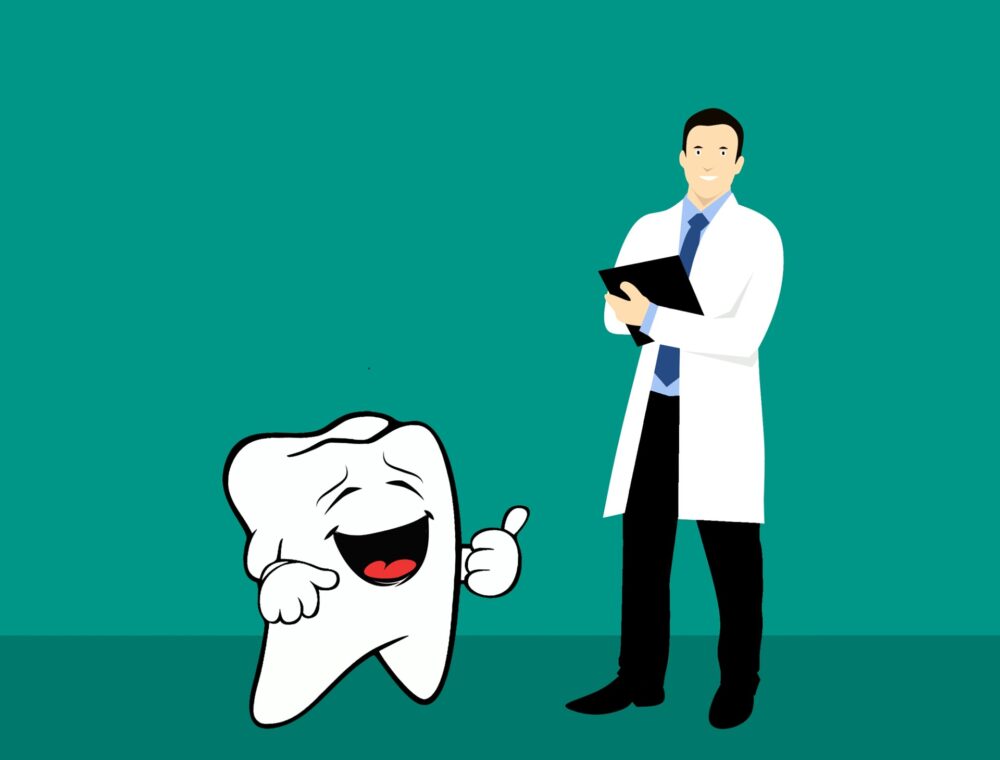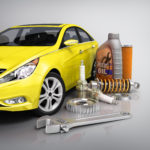Pediatric dentistry is different from adult dentistry. In addition to professionalism, the dentist must use psychological skills: be able to talk to the child, calm down, encourage and even reward the young patient for courage. General hygiene habits and a healthy lifestyle are formed in early childhood. Therefore, children’s impressions at a dentist’s office affect how an adult will take care of their teeth in the future, whether they will be afraid to visit the dentist regularly. The first visit is especially important is the first impression.
When should a child visit the dentist for the first time?
The first visit to the dentist should take place when the baby’s first teeth have grown. And at the age of 8-9, it is worth visiting an orthodontist, this specialist will check whether the teeth are growing properly. The sooner bite problems are noticed, the easier it will be to solve them. Your child’s first visit should be informative, so it’s best not to wait for your child to complain of toothache. Ideally, during the first visit, the dentist only talks with the child and examines the teeth without using any tools. If the child is curious, he can familiarize himself with the tip of the saliva ejector, mirror, multi-colored fillings that the child can choose for himself when filling the tooth, and then show his friends as evidence of his courage. During the first examination, the dentist can also tell you about dental care.
- https://www.human.edu.pl/kostka-brukowa/
- https://zoozool.pl/gdzie-moge-sprawdzic-dostepne-oferty-noclegow/
- https://www.sep.biz.pl/domy-szkieletowe-budowa-wlasnego-domu/
How to prepare a child for the first visit to the dentist?
Even if the child complains of pain and the first visit to the dentist is not only informative, there is no need to calm the child causing additional anxiety. This is one of the most common mistakes when preparing for a first-time dentist visit. Parents don’t hesitate to explain to the child that the dentist is just pricking and drilling, or that it hurts a bit and the like. So, a child who has never visited the dentist already has negative feelings, he begins to be afraid in advance.
A dentist is like a friend for a long time
It is also important that the same dentist treats your child before puberty and possibly longer. If the dentist found a common language with the child during the first visit and the child trusts him or her, this is a big advantage. It often happens that after successfully treating a tooth with one dentist, another doctor is assigned, the child begins to behave the opposite. In this case, the stability can prevent the potential problem.
- sklep-agd.mvg.pl
- prawnikonline.net
- sklep-jezdziecki.waw.pl
- ceramiczne-plytki.pl/11-plytki-dekoracyjne
Children’s oral hygiene
Parents should take care of the individual oral hygiene of children aged 6-7 until the child learns to write. A toddler’s hand movements are not yet sufficiently coordinated, so he cannot brush his teeth properly.
Recommendations for the individual oral hygiene of children:
Although parents must brush their children’s teeth before the age of 6-7, the dentist suggests teaching their child to brush their teeth immediately, but at the same time, parents must brush their own teeth. To clean a child’s teeth, use not only a toothbrush and toothpaste, but also toothbrushes and dental floss intended for interdental spaces. Dentists recommend a toothbrush with a rounded head. It is worth letting the child choose the method of brushing their teeth: a toothbrush, toothpaste. Beautiful tools, equipped with fairy-tale characters, brushing your teeth can turn into a nice game. Have your child brush their teeth with one of their favorite toys. Also:
- You have to brush your teeth together: young children tend to imitate their parents.
- When brushing your child’s teeth, guide the toothbrush with gentle, slow movements so that the child understands that this is a fairly simple procedure that does not cause pain.
- If your parents don’t have enough information about the proper brushing process, visit your dentist to explain how and what to use.
- Remember that professional oral hygiene is especially important for children wearing braces.
Professional oral hygiene with orthodontic appliances
Sometimes there are white spots on the teeth after removing the braces. This is the initial demineralization process underneath the hard surface of the enamel that can eventually develop into caries. The reason for their appearance is poor oral hygiene, including frequent consumption of carbohydrates, acidic foods, carbonated and sweet drinks. These stains can be avoided by brushing your teeth thoroughly, using professional oral hygiene, and adjusting your eating habits. After removing the appliance, the enamel surface, under which white spots are formed, begins to collapse over time and an enamel defect arises that must be filled.
A novelty in dentistry is the treatment of initial caries without drilling and filling. A dentist can offer advanced micro-invasive treatment of primary caries and white spots by infiltrating the caries with a special system. Already during the first treatment, you can heal and stop the spread of caries, while maintaining a healthy tooth tissue.









